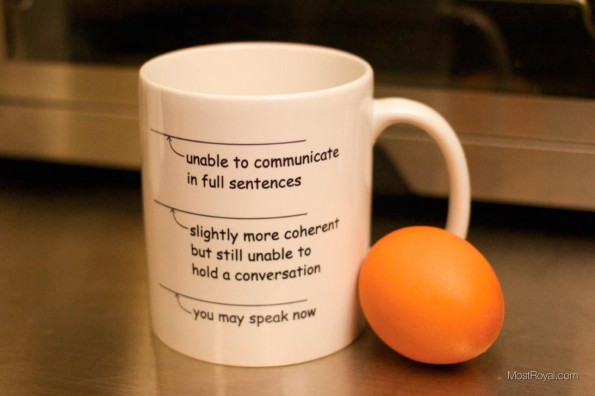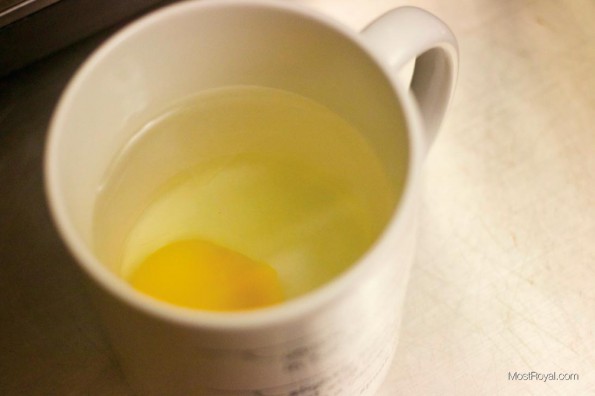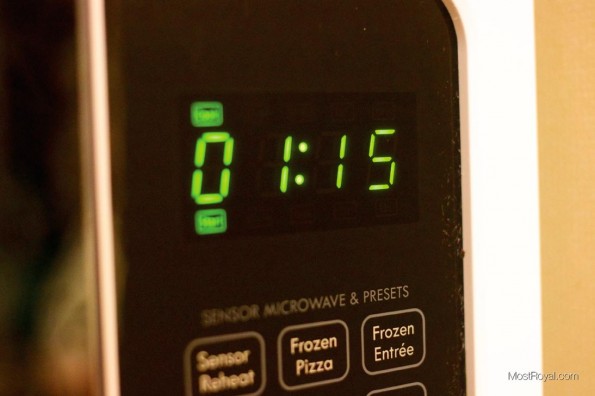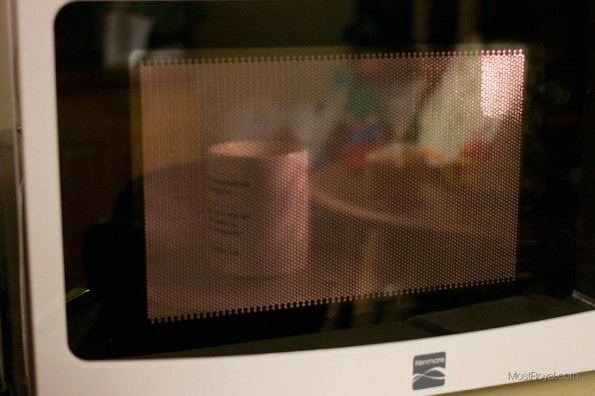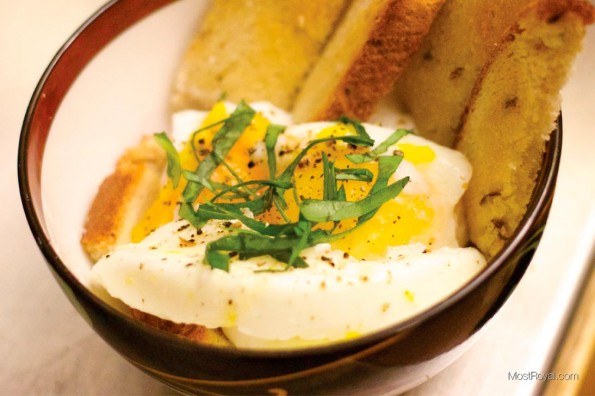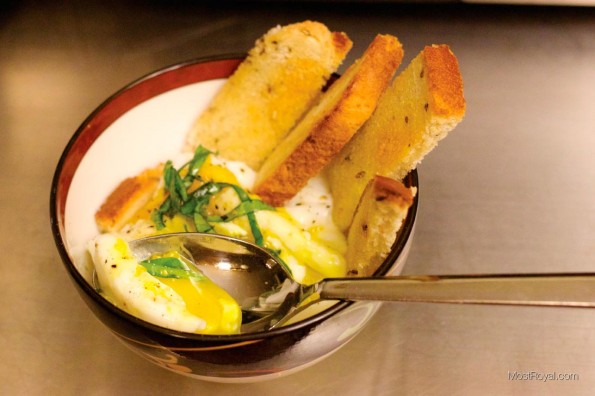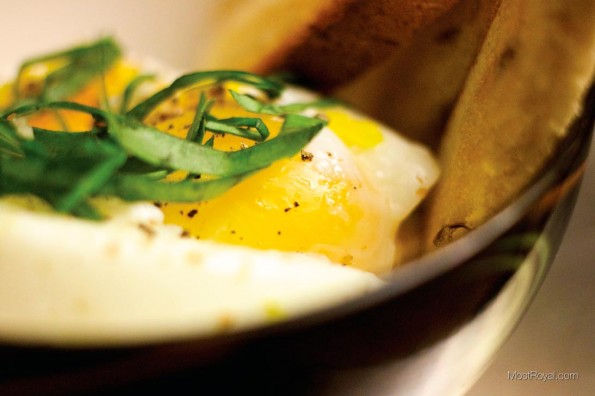After the popularity of our post listing 21 Must Own Board Books we started to think about what books might be overlooked. After walking into a children’s book store and seeing the classic, “Everyone Poops” it dawned on us: Books about Awkward Subjects!
So after a lot of research and reading we curated a list that goes everywhere from farting to porn to dealing with divorce.
Please enjoy, Seven Picture Books about Awkward Subjects!


Everyone Poops
by Taro Gomi & Amanda Mayer Stinchecum
Everyone Poops is such a classic that it inspired this list. A great way to introduce potty training to your little one, it explains to your kids that everybody poops, from elephants to mice, and it explains where creatures do the deed, what it looks like and how it smells. This humorous book keeps children entertained and hopefully, ultimately, more relaxed about the whole idea of using the potty. Like many parents before us, when the time comes to potty train our little guy, this will be the first book we take off our library shelf.


It’s Not the Stork!: A Book About Girls, Boys, Babies, Bodies, Families and Friends
by Robie H. Harris & Michael Emberley
It’s Not The Stork is a great book to assist in talking to your children about the inevitable Birds and the Bees. It has age appropriate information about anatomy, reproduction and even good and bad touching. It is very easy to navigate with bright, colorful illustrations that keep children engaged.
For many people this is a very taboo subject, but knowledge is power, and the more your children know the better decisions they can make later in life. This book will assist you with the uncomfortable conversations, and help you to discuss the importance of good versus bad touching, something that is so important to teach your children.
Starting these conversations early, before they can become taboo will helps make children feel more comfortable and able to discuss and ask questions as they get older.
Also check out It’s So Amazing!: A Book about Eggs, Sperm, Birth, Babies, and Families for kids aged 7-10.


The Gas We Pass: The Story of Farts
by Shinta Cho & Amanda Mayer Stinchecum
Obviously, this book is hilarious. I mean, what kid doesn’t love talking about farts. Beyond a genuinely hilarious text written in a frank and informal style, this book is actually informative and includes a diagram of the digestive system and other illustrations to explain the science behind digestion and… Well, farts. Want to know what foods make gas stink? How about the amount of gas you pass each day? I bet you do now; and, most likely your kids want to know too.


I Said No! A Kid-to-kid Guide to Keeping Private Parts Private
by Kimberly King, Zack King & Sue Rama
I Said No! is a kid friendly guide to understanding personal boundaries. This conversation is critically important and this book will help your child prepare for any circumstances he/she may encounter.
This book is told from a child’s perspective, and using child-friendly language it covers inappropriate touching, how to deal with inappropriate actions and/or threats, and when touching is appropriate and with whom. This book is written in a flexible nature allowing it be used with older kids.
One area we like is that this book gives prompts for you to discuss specific concepts with your own children on your own terms. For example, parents may be uncomfortable using the true anatomical terms vs. cutesy terms so the book provides a nice segue so that you can explain using your own terminology.
I would say this is a must have book for anyone looking to teach their child about the dangers of inappropriate touching.


Good Pictures Bad Pictures: Porn-Proofing Today’s Young Kids
by Kristen A. Jenson M.A., Debbie Fox and Gail A. Poyner Ph.D.
- Age Range: School age and up
Yep. We found it. A book to help you talk to your kids about porn.
Written as comfortable, read-aloud story it tells the story of a mom and dad who are teaching their child what pornography is, why it’s dangerous, and how to reject it. While this might be a book you want to read in advance to make sure it aligns with your views on sex education these are conversations you should be having in this modern internet era.
The theme of this book is that your child will eventually be exposed to porn, most often by accident. As a result they need to know what it is so that they can handle the potentially shocking images without trauma.
The thrill a child receives from viewing forbidden content can lead to addictive behavior so this book also contains detailed sections on addiction. These self-awareness skills may prove helpful later in life when your child is confronted with drugs and alcohol.


Potty
by Leslie Patricell
Picking a traditional potty training book for this list was insanely difficult. We decided to focus on a good entry to the topic and Potty by Leslie Patricelli answered that call. With simple text it’s easily memorizable by your toddler, making it a great book that they can “read” while sitting on the potty themselves. But, the secret trick is that the sparse text is spread out over 28 pages making is a nice slow process where your child can look at the pictures, giving them (and you) the time to sit and wait for something to happen.
I essence the story focuses on a toddler who has to “go potty.” Scared the child investigates what the dog and and cat do for their own potty needs. Several pages later, and after some hesitation, the toddler tries the potty where they find success.
It would be nice if this book included more about “post potty” time like wiping and washing hands, but I think the intention here is to get kids used to the idea and concepts. Many parents report great success after reading this book at bed time for several nights before actually having their own child try the potty.


Standing on My Own Two Feet: A Child’s Affirmation of Love in the Midst of Divorce
by Tamara Schmitz
Standing on My Own Two Feet is a beautifully illustrated story about a little boy who’s parents are going through a divorce. If a book can put a positive spin on a painful topic, this one can – provided you are sharing custody. The story aims to teach your child that even though Mommy and Daddy can’t be together anymore, they both still love him and the divorce is NOT the child’s fault. It will teach your child that having two homes isn’t a bad thing and that your child can still be happy.










